I’ve enjoyed Tim Daniel’s design work since he started working on books with current Captain America writer Nick Spencer at the Image Comics imprint Shadowline. I was even lucky enough to have him design a logo for a series I wrote once upon a time. Ahead of my upcoming, extensive piece about the state of design in comics, here is an interview with Daniel about his recent experiences both as a designer and a writer of comic books.
What was your introduction to the world of design?
There was none. I mean, it’s all around us all the time in everything we see and I just know what I loved, what I consumed and what I’ve been influenced by. I started in comics by creating a logo and cover design for Nick Spencer’s Shadowline book, EXISTENCE 2.0., back in 2008, I think.
What about the world of comic book design?
Again, no formal training or experience. I just know what I wanted to see from a comic book and that entailed an immersive experience from cover-to-cover. Often, it seemed that the inside front cover, title pages and/or back inside covers where bland and fairly unimaginative—or in some cases completely unrelated to the book’s story. If you’re going to charge a reader $3, $4 or even $5 for a book then every single page better have value for a reader. My goal was and remains to bring that story value to every single page of the book.
You largely work on independent titles as a designer. Do you think that’s granted you more freedom?
Absolutely, without question. First, there’s a direct line to the creator and/or the creative team. There’s often a clarity or purity of vision as a result. Next, there are no advertisements or house rules to follow (necessarily), aside from maybe a logo placement – that means every page is an open and blank canvas. I’m always pretty excited when I work on the indy titles because it’s often pure content, all creator-driven.
Does that freedom come with a price of any kind?
Interesting question, and I’ve never looked at it that way. I’ll say no, I don’t think there’s a cost – there’s only the benefit to the reader in that the book is completely devoted to the reading experience and the narrative is free from being fractured by countless ads. Independent books are a lot like premium pay channels where the larger publisher’s books tend to read like watching a network television show–bits of story sandwiched between nonsensical ads.
How is working on Bendis’ Jinxworld titles at Marvel/Icon different from working on books at publishers like Image?
There’s not too much difference, actually. The Marvel-Icon stuff was very creator-driven as far as I can tell and therefore very similar to Image. Brian (Bendis) is very specific and I always tried to execute his vision. His rules, for lack of a better term, where always clear and simple – the logo should be fairly sizable to ensure a readability from several feet away from a store shelf. The font was typically clean and bold. I learned a lot from Brian and Mike Oeming early on just by taking their notes. Jim Valentino, publisher at Shadowline and Image founding partner, was also very similar in that the direction has always skewed to big, clean and legible. He was fairly instrumental in helping learn to balance to artistic component of design with the nature of commerce – to sell the book. Invaluable experience, really.
How have you grown as a designer during your time in comics?
I hope I have. Since I have no formal training or education, everything I’ve ever done is instinctual. I follow my creative voice or that of the creator. As a result, it’s been purely on the job training. What I’ve done is really study other designers, Sonia Harris is one of my inspirations, Sean Phillips, and Fonographics too. Then I look outside the medium at movies, magazines and novels. Over the span of the last several years, I’ve continually tried to evolve my style to suit the project, to remain contemporary and in doing so I think the work has become simpler, streamlined and hopefully more elegant.
Did/does your design work open a door for you as a writer?
It absolutely did, without question. If anything, people knowing my name from my design work just helped me forge relationships. When I break it to a publisher that I also write it’s still often a surprise to them, but at least I’m a known quantity to certain people and it does not come as a complete left-field surprise when I pitch a book.
Has design prepared you for a writing career?
It sure as hell did. Design is story. By designing for comics, I’ve been exposed to countless stories, varied creator’s voices and processes. As a contributor to a book, I’m right there on the front line, exposed to everything from conception of the story, to execution and even the business process of publishing. If anything the entire experience has rounded me out as a person of business as much as it has a designer or writer.
How is it helpful being the writer of a book you design?
Control. The conception and execution of everything is within my control. That control is shared with my collaborators. We don’t have too many masters to answer to in that regard. We answer to ourselves and the reader. For instance – I’m working on something new right now. The idea came when I stepped outside and looked up at the stars one night… I rush back into the house, design a logo and a simple teaser poster. While my hands are busy, the story is forming in my head. The characters begin to introduce themselves. After designing the one-sheet, I jot down all my notes and share them with my collaborator/co-writer, Michael Moreci. When I pass those notes along to him and we begin our back-and-forth of true story development, we both have something to look at, a touchstone. That’s usually the most fun I have in creating. It worked that way for both our books, CURSE and BURNING FIELDS. Mike sent me a paragraph of notes for Burning Fields and images immediately started flooding my mind.
What prompted you and Michael Moreci to co-write together on Curse and Burning Fields?
I met Mike at SDCC in 2010 and I really liked him as a person and at the same time was very excited by his book HOAX HUNTERS. We shared a panel, talked at his table and pretty much understood that we shared similar story sensibilities. Later, when Jim Valentino recommended that my growth as a writer would greatly benefit from a co-writer, I sought Mike out because we’d agreed back in 2010 that we would someday do something together. We both wanted to work with Riley Rossmo and I had an idea for a werewolf tale. Just so happens that on a call with Riley he mentioned the desire to do a werewolf book. We were off and running! Colin Lorimer joined us to make it all happen and from there Burning Fields was born!
What made it more advantageous to write together than write apart?
I’ve always said that having a co-writer is like having a second driver that can see the blind spots you can’t in the side & rear-view mirrors. After two books with Mike and more on the way – I maintain that completely. Valentino’s advice was a tough pill to swallow, but once I set aside my pride and ego, it was the best possible thing anyone has ever told me. Turns out Mike is one hell of a talented writer, too – who knew!?!
Do you envision yourself always both designing and writing?
I’d prefer to do whatever most interests me and whatever is most creatively rewarding. That might mean at some point I favor one over the other or do something else entirely outside the realm of those two areas.
How do you intend to ultimately balance the two careers?
That’s no simple task. My workflow is dictated by both the projects I push forth on my own volition and with co-creators and those that somehow make their way to me. Heavy Metal is a good example of found work. CEO Jeff Krelitz approached me and I jumped at the opportunity to work for such a storied brand. And really that commitment is a damn-the-torpedoes exercise. I mean, how do I pass that up and claim I have too much work? I want to be a part of the direction the magazine and Heavy Metal brand is taking under the guidance of Jeff, Grant Morrison, et al. That’s a totally thrilling opportunity to learn and grow. That’s the only balance I need.
Find Tim Daniel on Twitter, and check out some of his comics like Curse from BOOM! Studios and Enormous from 215 Ink.
MATT CHATS is a weekly interview series that goes live every Tuesday conducted between Matt O’Keefe and a creator and/or player in the comic book industry, diving into subjects not often broached.


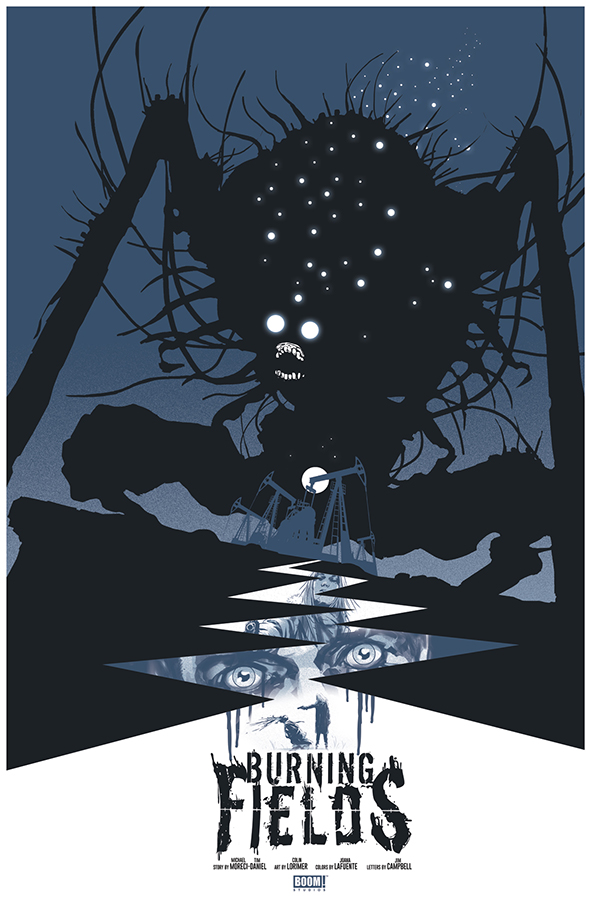
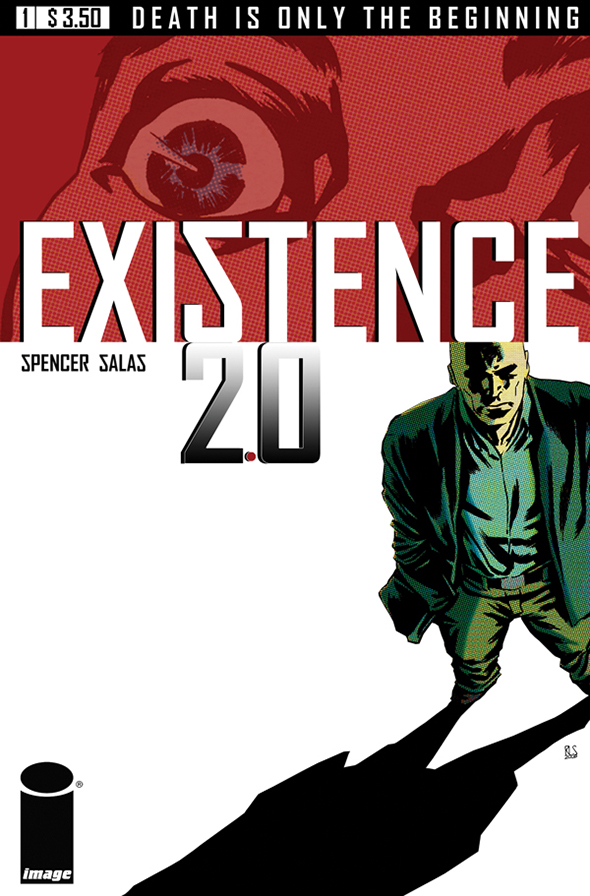
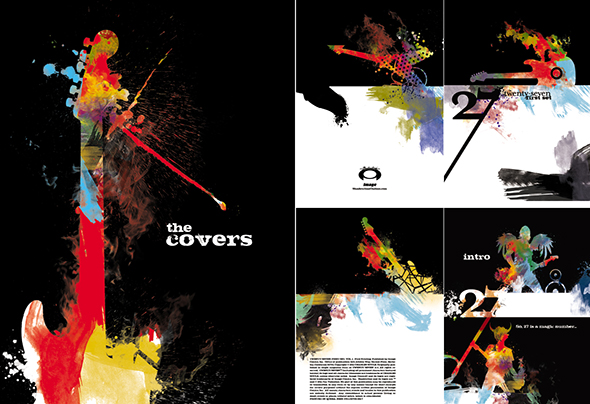
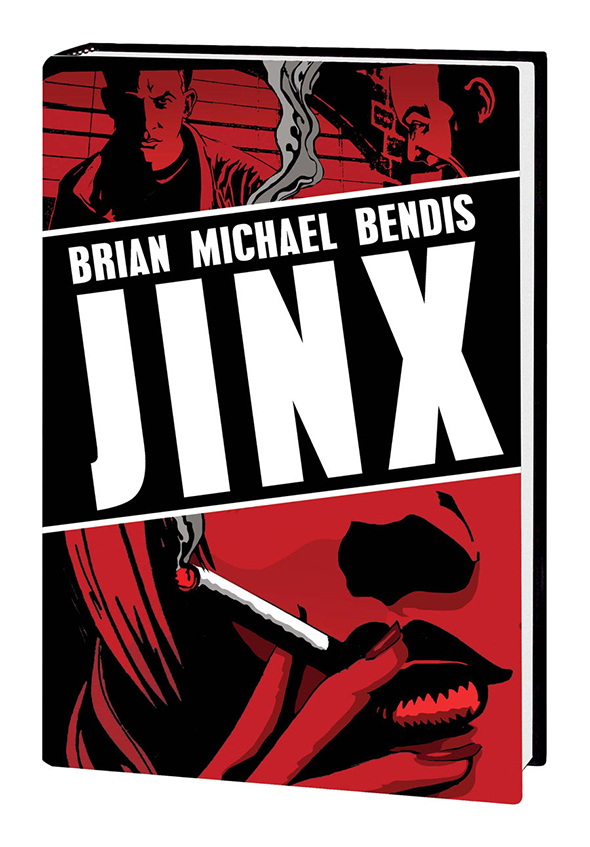
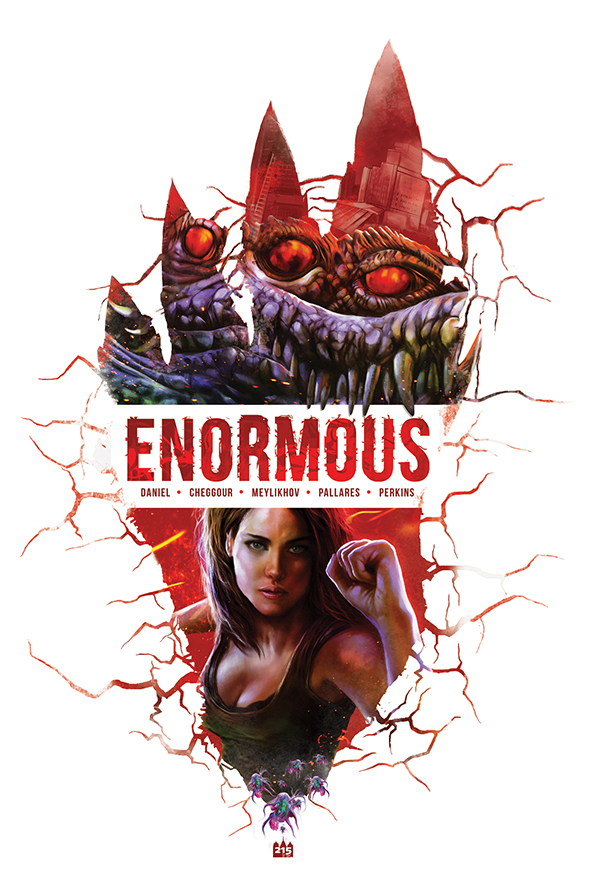
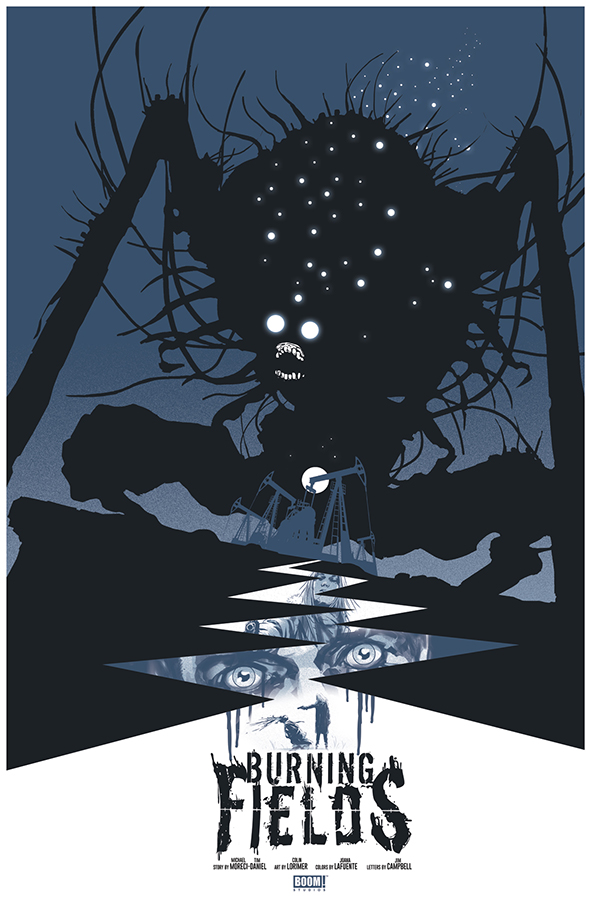
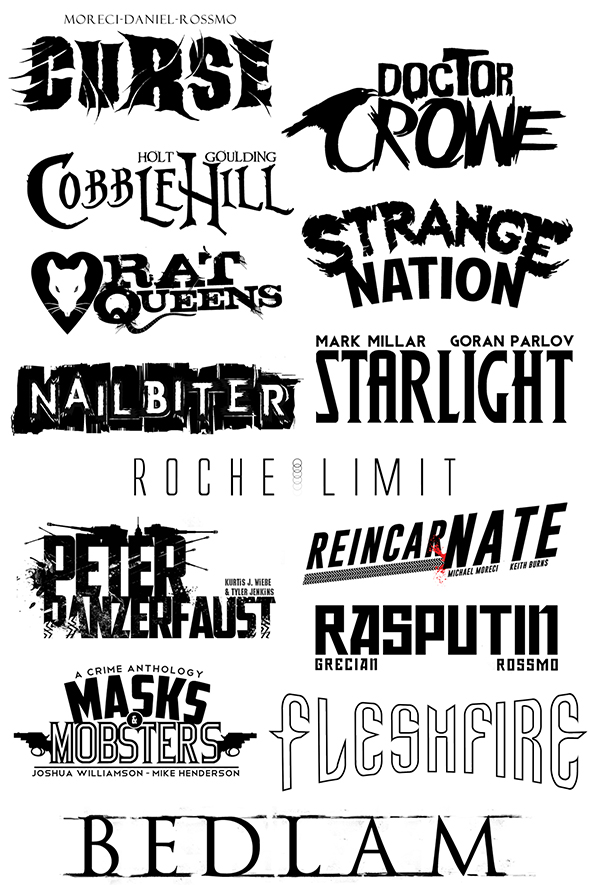
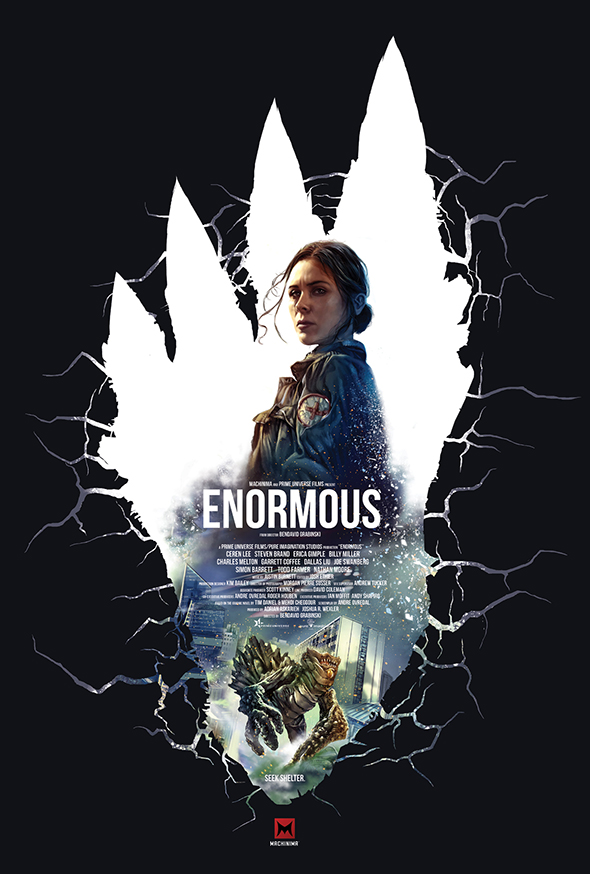
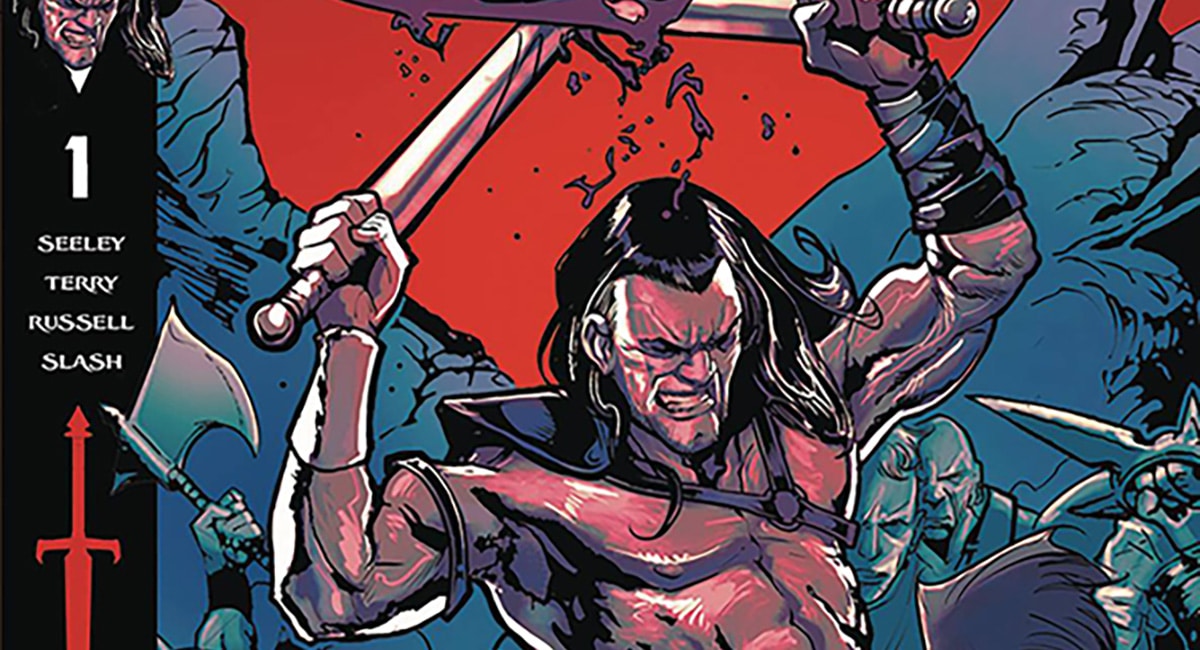





Comments are closed.